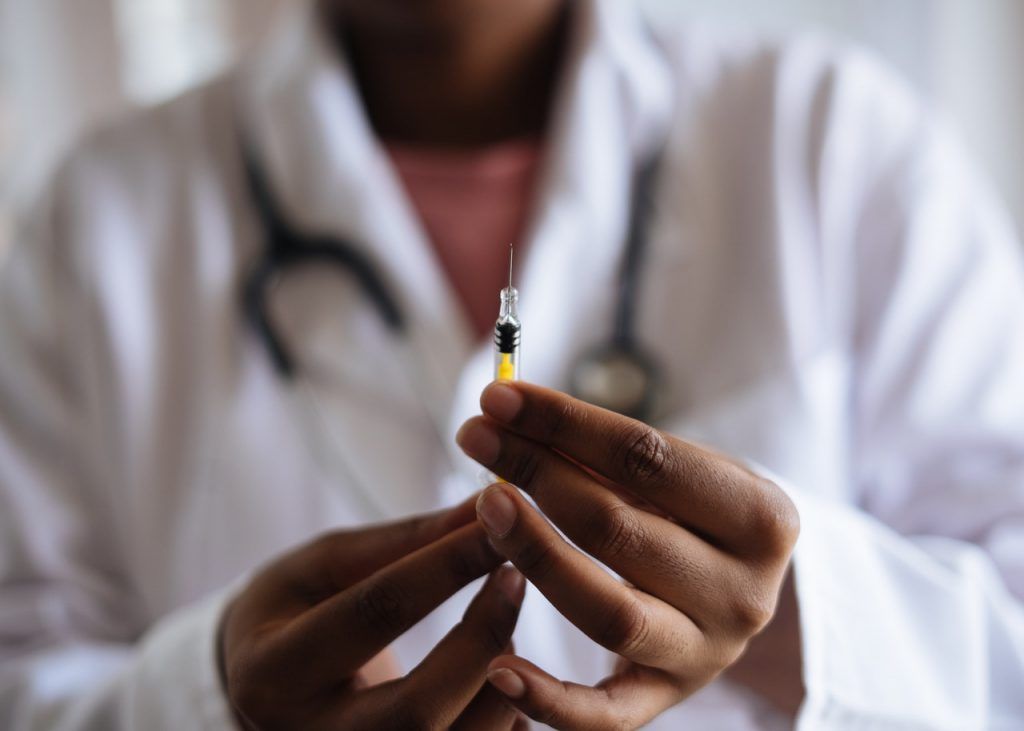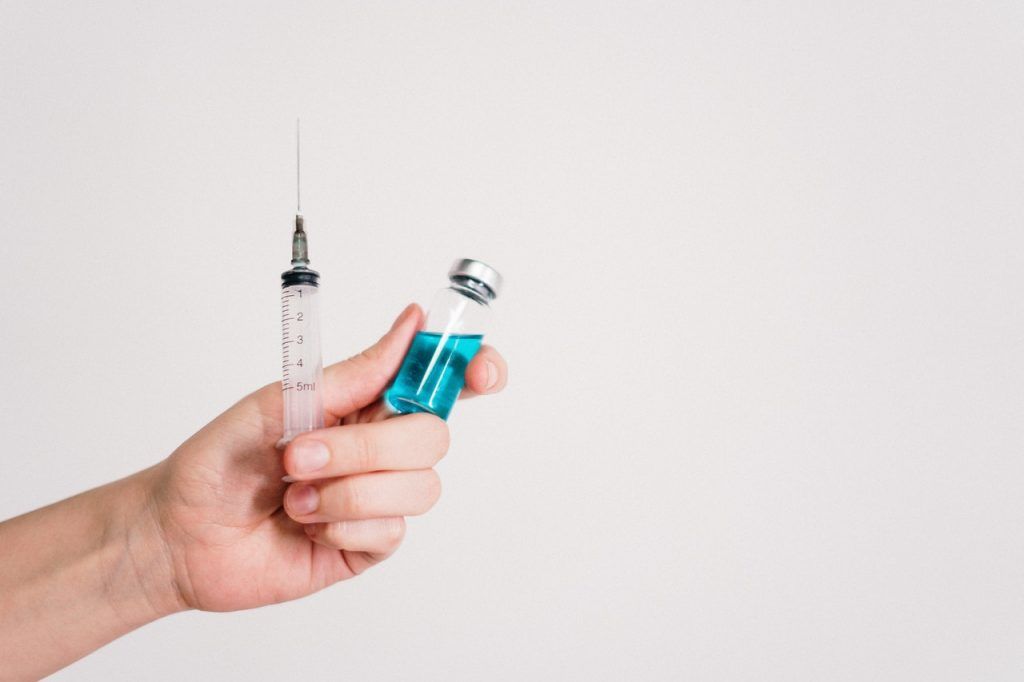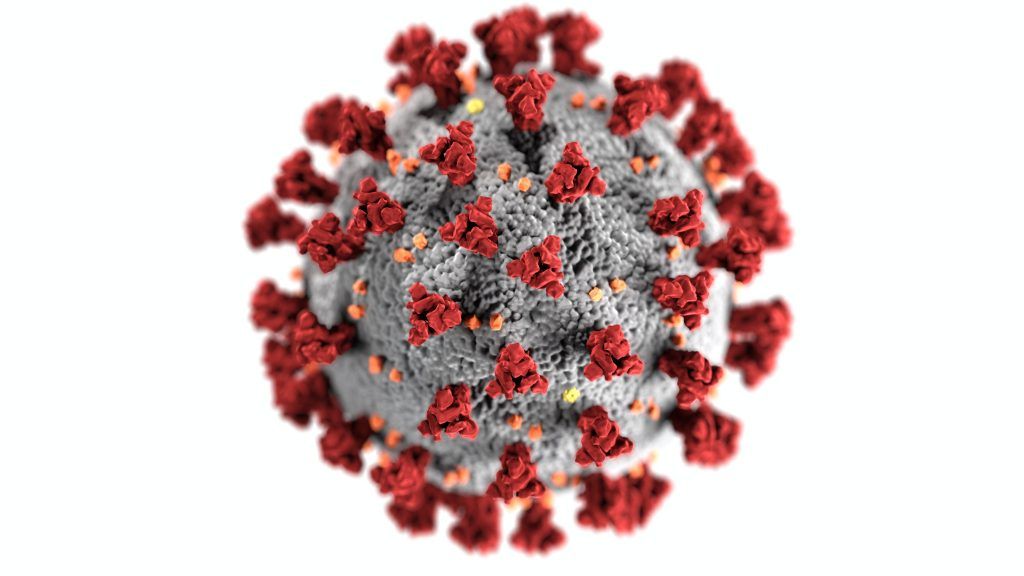Confirmed COVID-19 cases in Singapore have risen above the 20,000 mark as of the first week of May 2020 and the infection is showing no signs of slowing its spread. During a trying time like this, the urgency and direness of developing a vaccine for the disease has become apparent.
Singaporeans of course, are hardly the only ones to be anticipating the release of the vaccine; 3.85 million persons have been affected by COVID-19 (or the SARS-CoV-2 as its officially known) globally and the virus has claimed over 270,000 lives around the globe in just a period of 5 months.
So when will the vaccine, which has been largely touted as the only possible method of curtailing the spread of the virus, finally be ready for human use?
How is the COVID-19 vaccine created?

The main component of the COVID-19 vaccine’s structure is a common cold virus derived from chimpanzees – this virus will be been weakened and altered so that it cannot replicate in human beings.
Following this, a spike protein from the surface of the coronavirus (COVID-19) will be identified and the genes for this protein will then be inserted into the harmless virus from Step 1.
The structure that results from the combination of the genes from the specific spike protein on the coronavirus’ surface and the structure of a common cold virus from chimpanzees is the COVID-19 vaccine.
This vaccine, before declared effective and safe for use for human beings, will have to be tested on numerous animals and human beings.
How does the COVID-19 vaccine work?
- When the COVID-19 vaccine enters the human subject’s system via injection, it goes into the cells in their body.
- The human cells then begin to produce the spike protein that is specific to the coronavirus, due to the DNA of this spike protein being present in the vaccine.
- Upon sensing the presence of the foreign coronavirus spike protein, the body produces an immune response.
- Antibodies as well as T-cells which target and destroy the infected body cells are produced by the immune system of the subject.
- The body’s response in Step no. 4 is the desired response to the vaccine. This is because, if the coronavirus once again happens to enter the subject’s body, the antibodies and T-cells that were produced in Step 4 are immediately triggered and quickly fight off the infection.
What is the process of determining if the vaccine is viable and safe?

Viability
The best way of testing that the vaccine’s efficacy is to record and compare the number of vaccinated persons who get infected with COVID-19 and the number of unvaccinated persons who develop the infection.
If after the vaccine is introduced to the population, the number of COVID-19 cases drops significantly among the population as compared to prior to the introduction of the vaccine, it will show that the vaccine has worked as it was intended.
To perform this analysis, a large number of volunteers will have to be injected with the vaccine so that the sample size is significant enough to come to a reasonable conclusion.
Animal trials are also useful in gauging the vaccine’s efficacy. For example, six rhesus macaques were injected with an experimental COVID-19 vaccine from the University of Oxford in April. These monkeys were then exposed to heavy amounts of COVID-19, which had made other unvaccinated monkey ill. After a period of 28 days, the vaccinated monkeys proved to be free of COVID-19 – this means that they had managed to resist or fight off the virus with the help of the vaccine.
Of course, the fact that the vaccine is effective in monkeys does not mean that it will be effective in human beings as well. However, it is a good start to gauging the vaccine’s effectiveness. Human trials with a significant number of volunteers will also have to be conducted before its efficacy can be proven.
Safety
The efficacy of the vaccine aside, safety is the most important issue at hand. It is virtually useless for the COVID-19 vaccine to be effective but unsafe for use in human beings. If the vaccine protects human beings from COVID-19 while causing other serious adverse effects in them, it cannot be declared safe.
Animal trials are the first way of determining the safety of the vaccine. The six rhesus macaques that were injected with the experimental COVID-19 vaccine did not suffer from any adverse effects due to the injection of the vaccine.
Dr Vincent Munster from Montana, who led the experimental tests involving injecting the rhesus macaques with the Oxford University COVID-19 vaccine, was the one to confirm that all six of the monkeys were healthy after the tests.
“The rhesus macaque is pretty much the closest thing we have to humans,” added Dr Munster, during his interview with the New York Times.
This means that there is a good chance that if the vaccine is safe for use for rhesus macaques, it is safe for use for human beings as well. Of course, human trials that are currently being conducted, will have to confirm this before the vaccine can be officially declared as safe for use and mass-produced and distributed.
